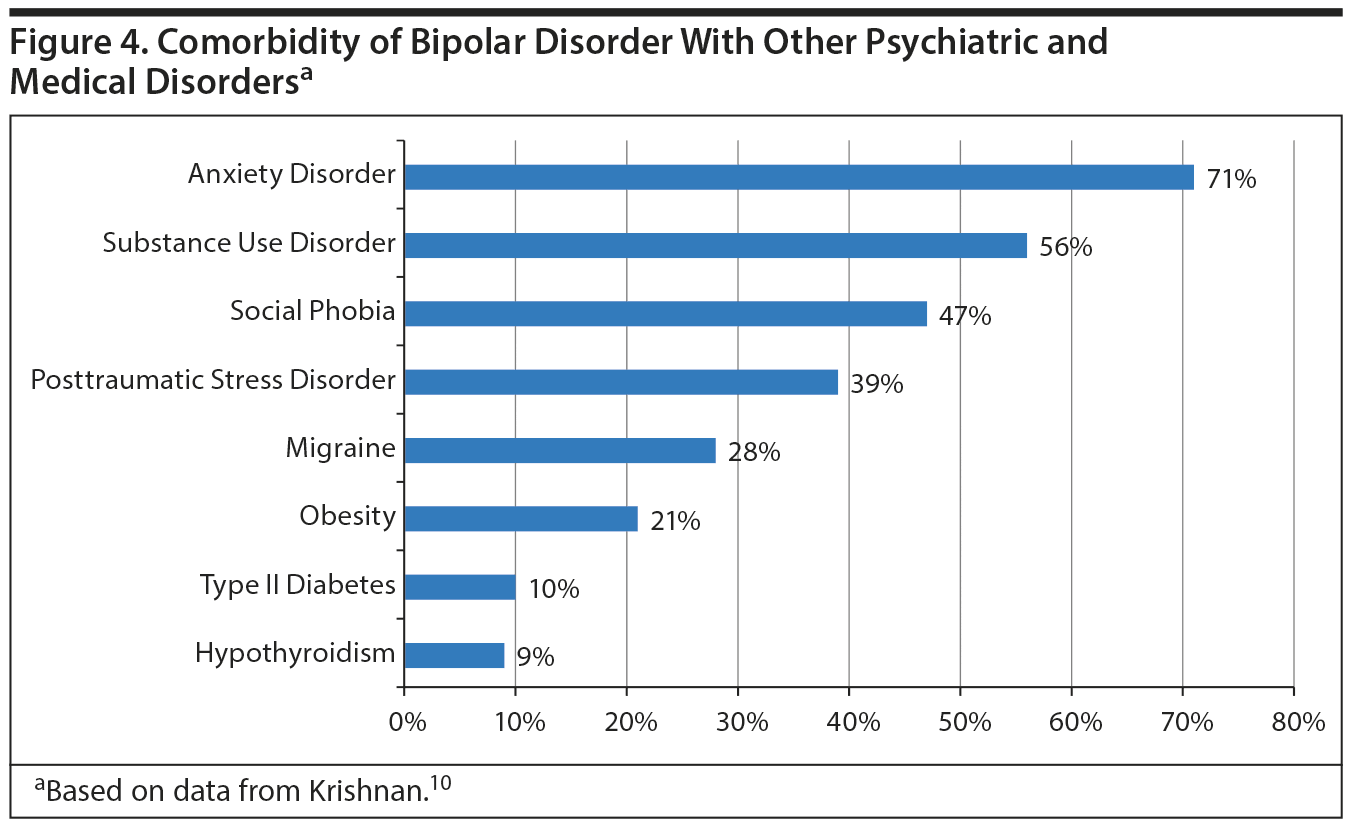Objective: To assess whether prenatal exposure to 4 major classes of psychotropic drugs compared with no exposure differed with respect to neonatal outcome.
Method: We used the database collected from 13 mother-baby units (MBUs) by the French Network of MBUs. The Marcש Clinical Checklist was used to collect data from maternal interview and clinical record with respect to maternal demographic and clinical characteristics, prenatal exposure to psychotropic drugs, and neonatal outcome (birth weight, preterm birth, neonatal hospitalization). Multivariate logistic regression was used to explore the independent impact of each therapeutic class of psychotropic drug (antipsychotics, antidepressants, mood stabilizers, and anxiolytics/hypnotics) on infant outcomes. All the models were adjusted for maternal confounding factors.
Results: The sample included 1,071 women and their infants. Nearly half (40.2%) used at least 1 psychotropic drug during pregnancy. The risk of low birth weight was increased by antenatal exposure to mood stabilizers (adjusted odds ratio [aOR] = 2.04, 95% confidence interval [CI] = 1.03-4.04, P = .04). The risk of neonatal hospitalization was increased by prenatal exposure to antipsychotics (aOR = 1.74, 95% CI = 1.19-2.54, P = .004), antidepressants (aOR = 1.59, 95% CI = 1.05-2.41, P = .03) or anxiolytics/hypnotics (aOR = 1.89, 95% CI = 1.30-2.75, P = .001), independent of birth weight and term delivery status.
Conclusions: Infants exposed to psychotropic drugs during pregnancy have less optimal neonatal outcome than unexposed infants and should be considered as a high-risk population.
Continue Reading...
Members enjoy unlimited free PDF downloads as part of their subscription! Subscribe today for instant access to this article and our entire library in your preferred format. Alternatively, you can purchase the PDF of this article individually.
Please sign in or purchase this PDF for $40.00.
Already a member? Login




